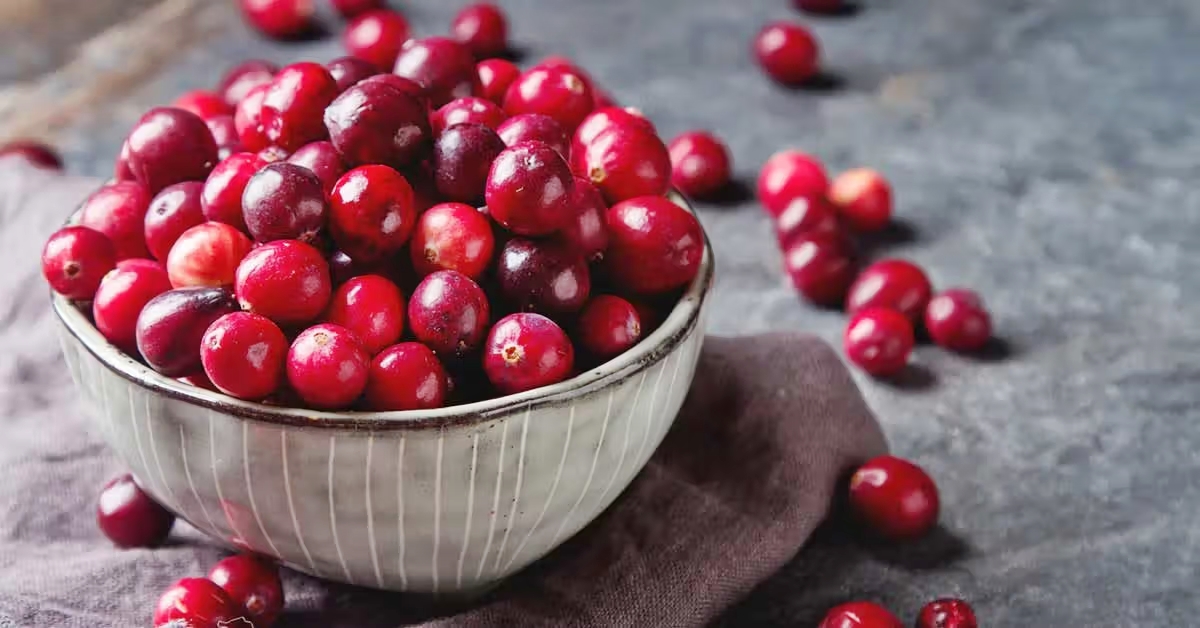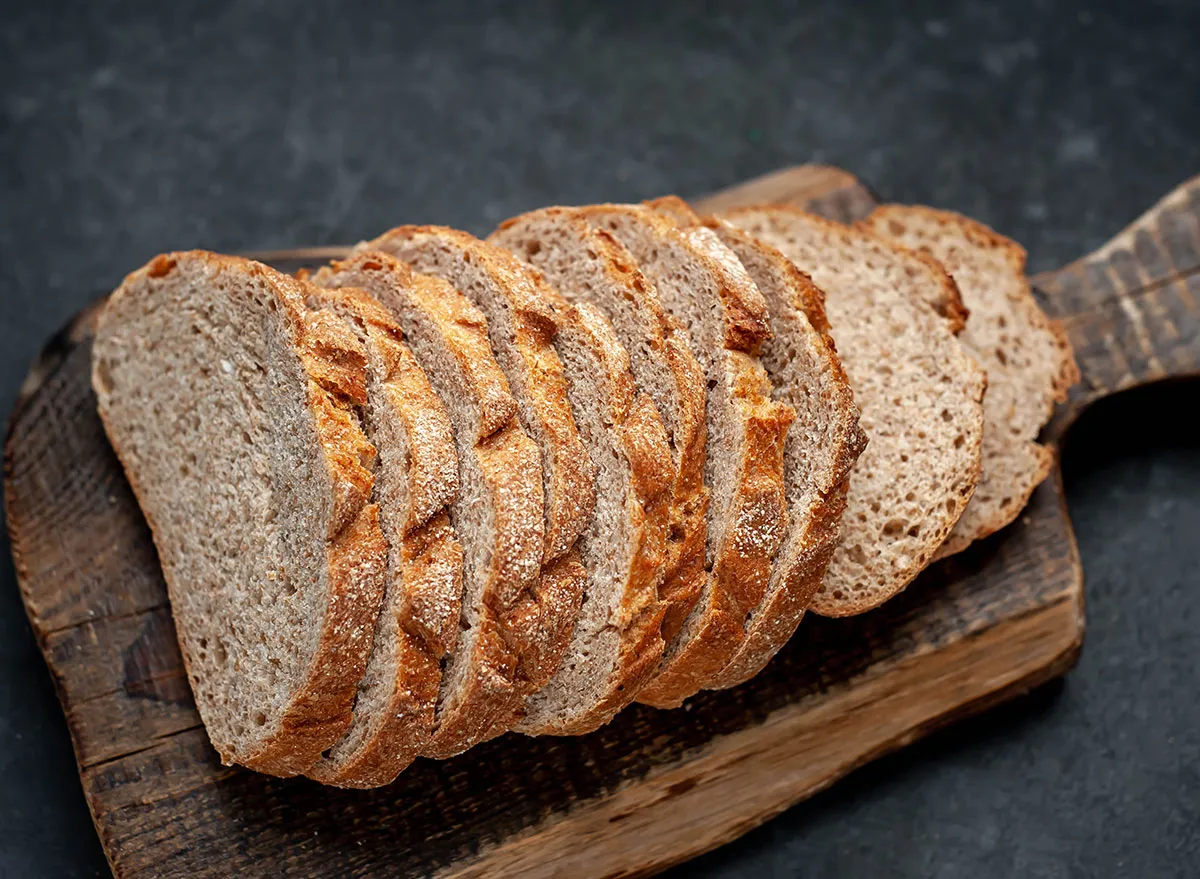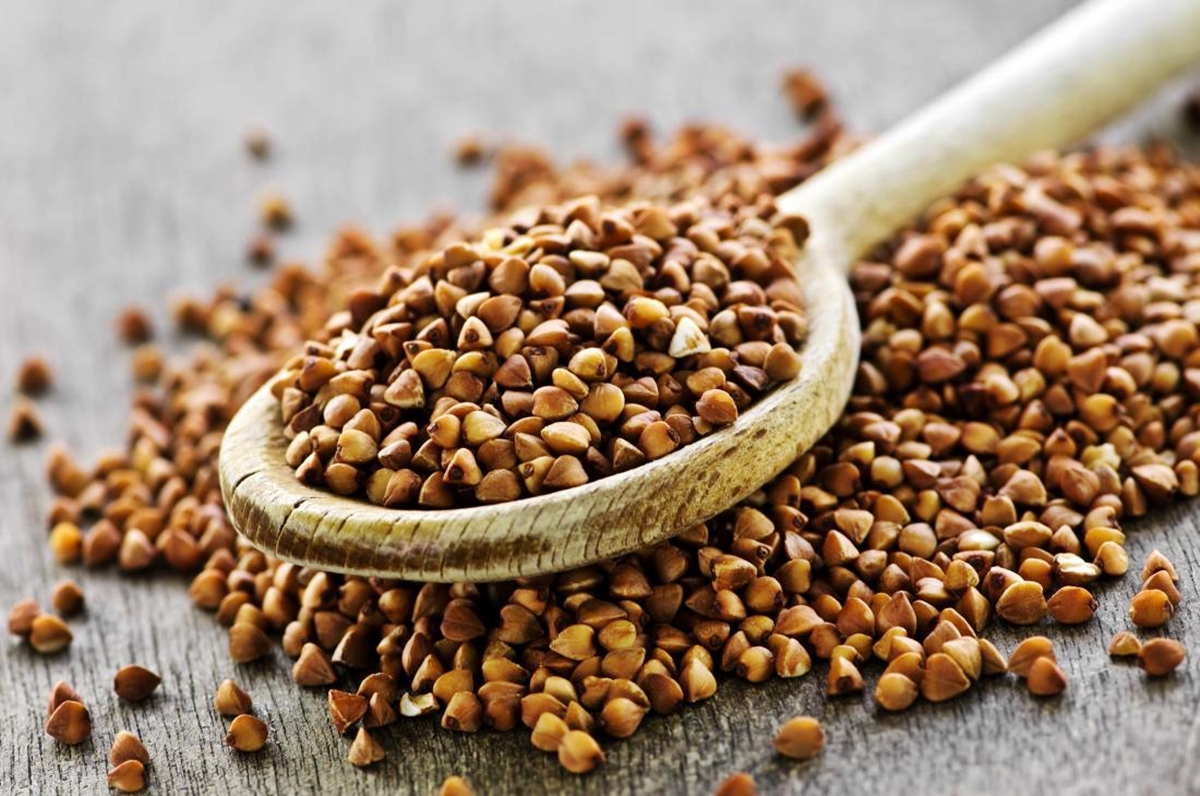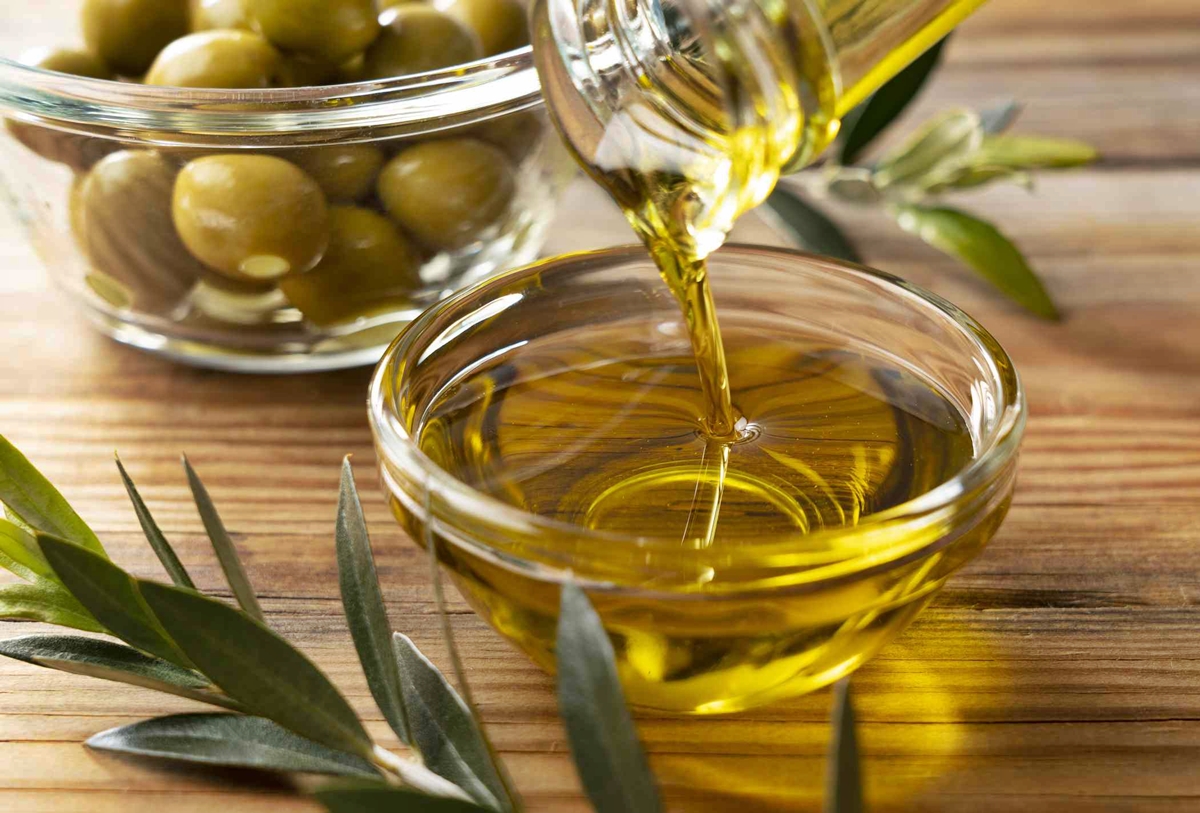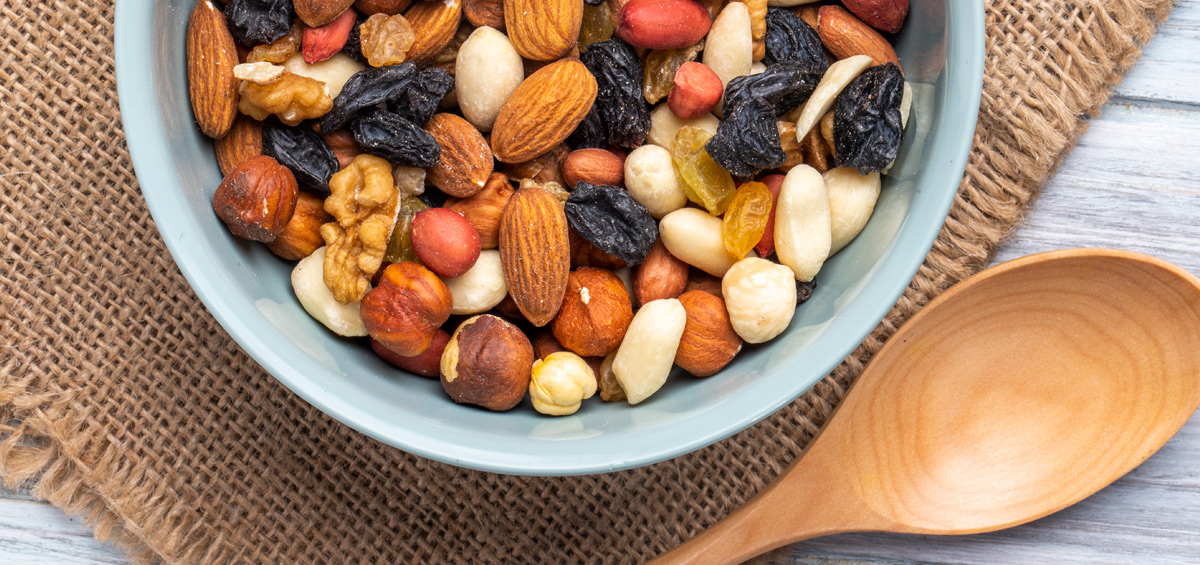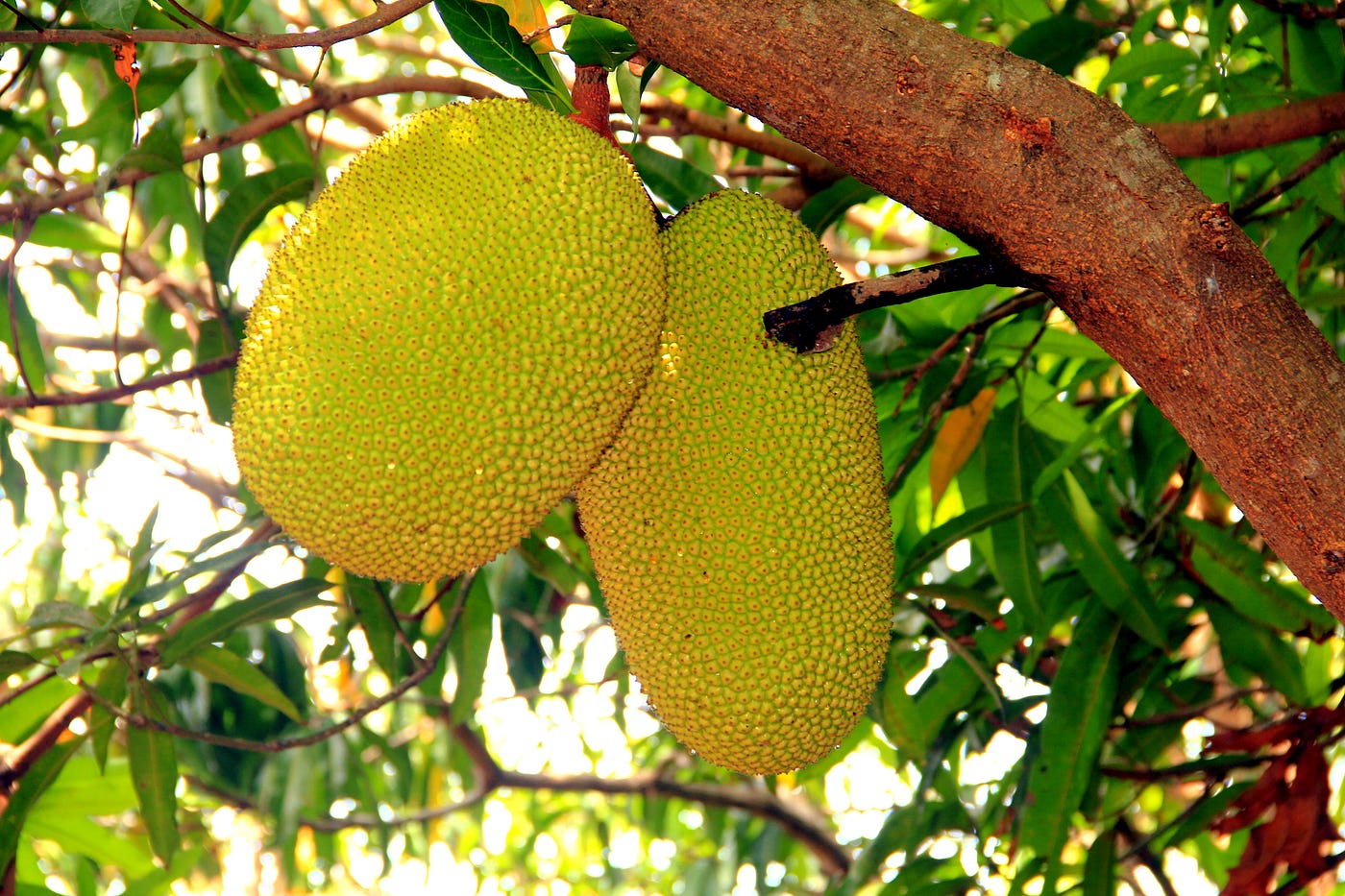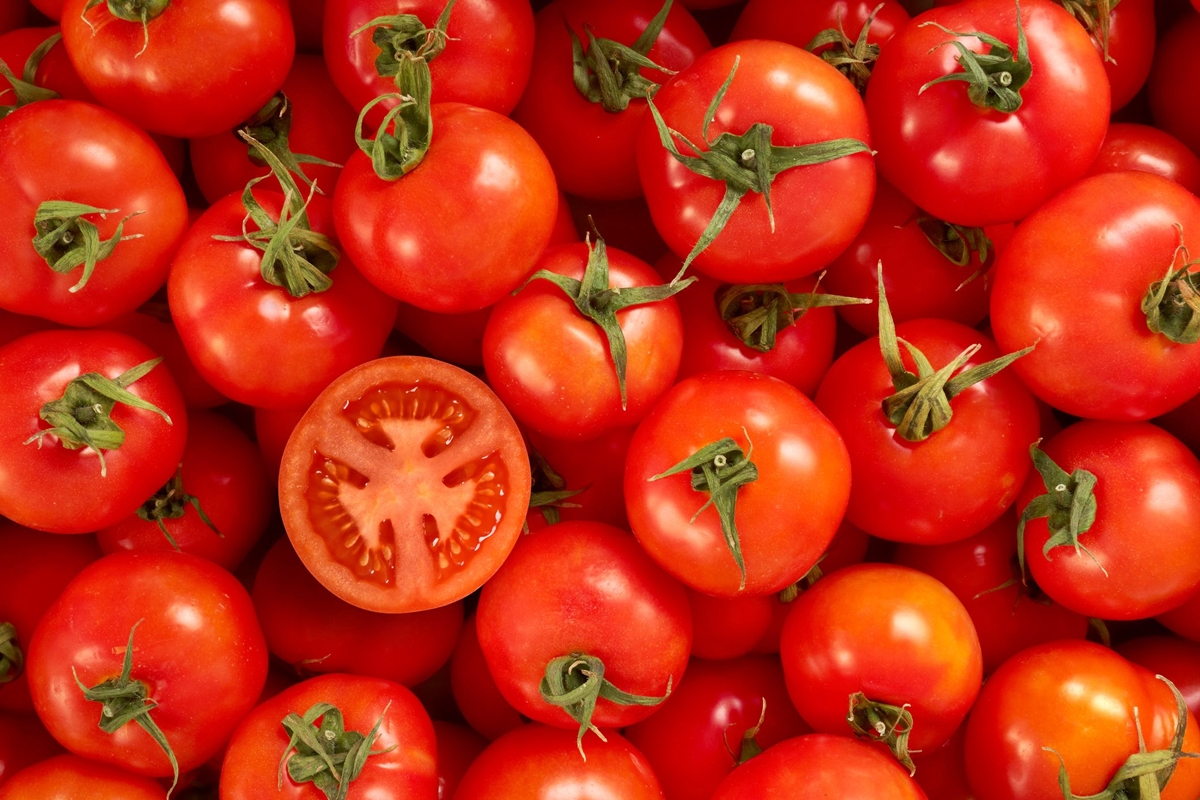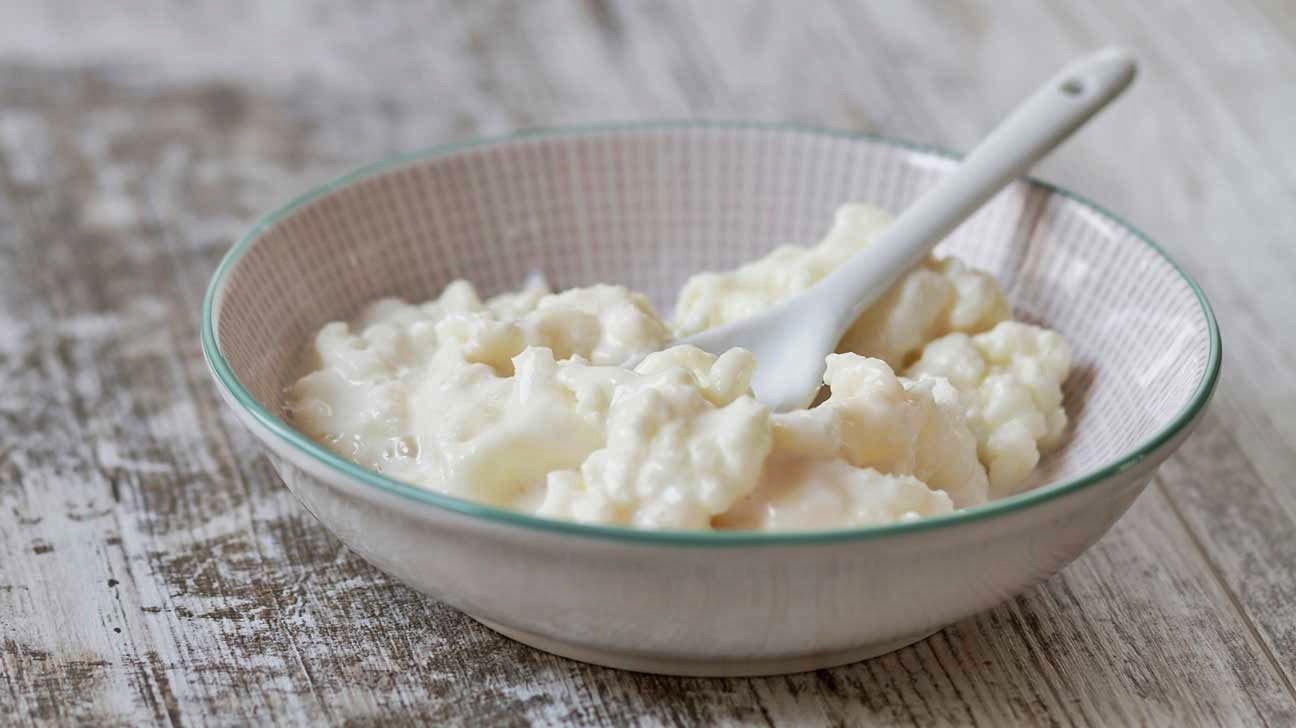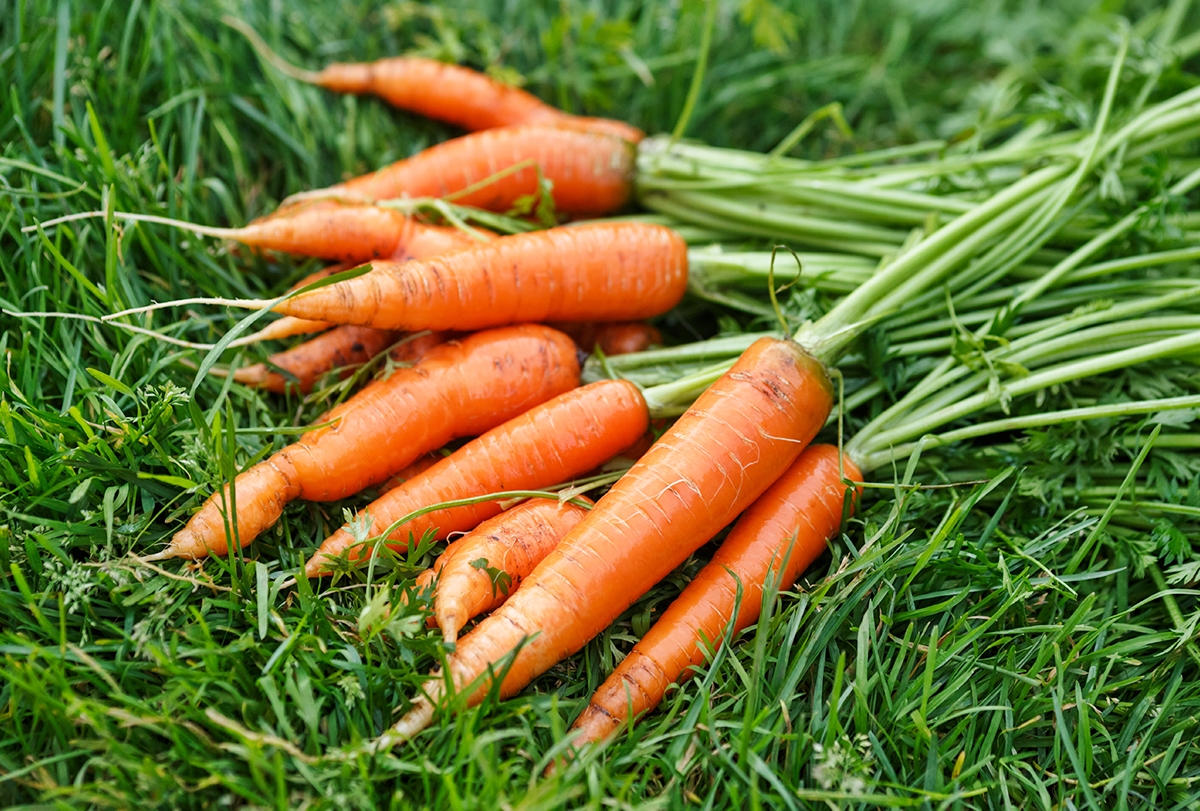Spice Hunting: What’s The Deal With Saffron?
Welcome to another edition of Spice Hunting, where we delve into the world of exotic spices and uncover their mysteries. Today, we are setting our sights on saffron – a spice known for its vibrant color, unique flavor, and exceptional price tag. Join us on this aromatic journey as we uncover the secrets behind this precious spice.
What is saffron?
Saffron is a highly prized spice derived from the flower of Crocus sativus, commonly known as the saffron crocus. It is native to Southwest Asia and is revered for its distinct aroma, delicate flavor, and vibrant golden hue. Saffron has been used in various cuisines, religious ceremonies, and traditional medicine for centuries.
The saffron harvest
Growing saffron is a labor-intensive process that requires meticulous attention to detail. Each saffron crocus flower produces only three stigmas, which are the red threads used as saffron spice. These threads must be carefully handpicked from the flowers, making saffron one of the costliest spices in the world.
Furthermore, the harvest of saffron is time-sensitive. The flowers bloom for just a short period, usually in the autumn. Farmers need to carefully gather the stigmas during this narrow window of opportunity to ensure the highest quality saffron.
Flavor and aroma profile
Saffron is known for its distinct flavor and aroma, which can be described as earthy, floral, and slightly bitter. When added to dishes, it releases a unique fragrance that enhances the overall taste. A little goes a long way with saffron, as even a few threads can infuse a dish with its characteristic flavor and a beautiful golden color.
Uses of saffron in culinary delights
Saffron is a versatile spice that adds a touch of luxury to various types of cuisine. It is a key ingredient in many traditional dishes, such as paella from Spain, risotto Milanese from Italy, and biryani from the Indian subcontinent. Paired with rice, seafood, or chicken, saffron adds a beautiful and aromatic note to these delightful dishes.
But it doesn’t stop there – saffron also finds its way into desserts, teas, and even beverages. From saffron-flavored ice cream and cakes to saffron-infused teas and cocktails, this spice continues to captivate our taste buds in unique and innovative ways.
Health benefits and traditional uses
Throughout history, saffron has been credited with numerous health benefits. This powerful spice is believed to have antioxidant properties and may help promote digestion, relieve mood swings, and reduce symptoms of PMS. It has also been used in traditional medicine as an aphrodisiac and to alleviate certain respiratory conditions.
However, it’s important to note that while saffron has a long-standing reputation for its potential health benefits, further research is still needed to fully understand its effects.
Quality and storage
When purchasing saffron, it is essential to look for high-quality threads that have a deep red color and a strong aroma. Authentic saffron can be quite expensive, so be cautious of cheaper alternatives that may be adulterated or of inferior quality.
For optimal storage, keep saffron in an airtight container away from heat, moisture, and direct sunlight. Stored properly, saffron can retain its flavor and aroma for up to two years.
In conclusion
Saffron is truly a spice worth hunting for. Its intense flavor, captivating aroma, and illustrious history make it a prized possession in the world of spices. Whether you are adding a sprinkle to a paella or enjoying a cup of saffron-infused tea, saffron continues to be a culinary treasure that adds a touch of elegance to every dish. So, the next time you embark on your spice hunting adventure, be sure to include saffron on your list.
Stay tuned for the next edition of Spice Hunting, where we’ll unravel the secrets behind another fascinating spice. Happy cooking and happy hunting!
Was this page helpful?
Read Next: What To Do With Broccoli Stems
